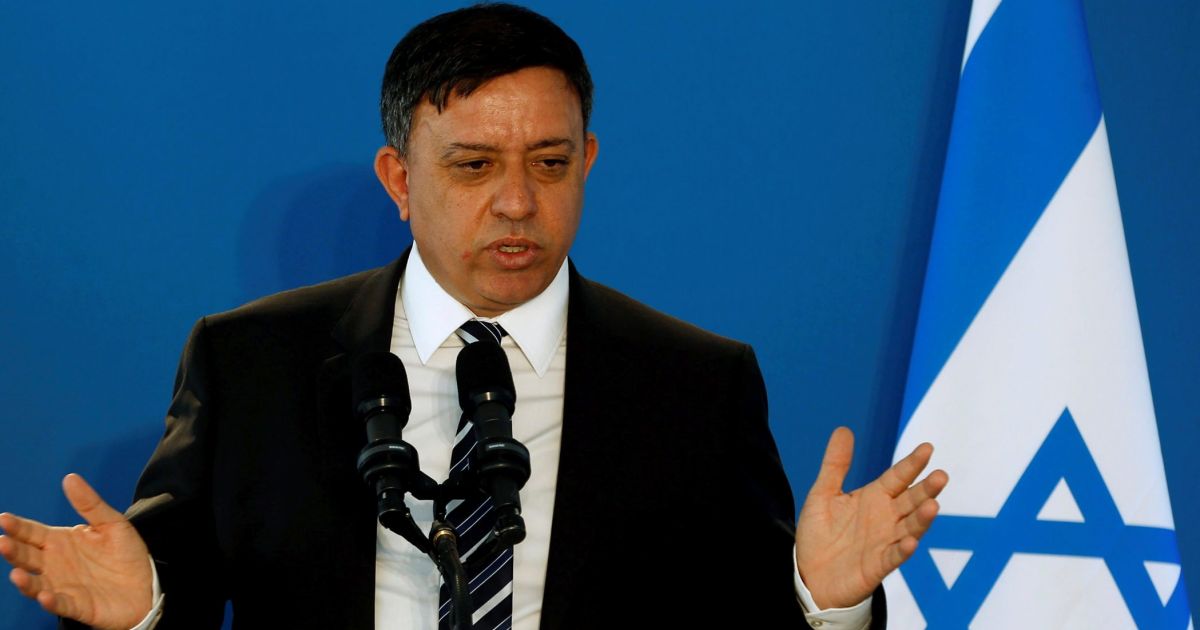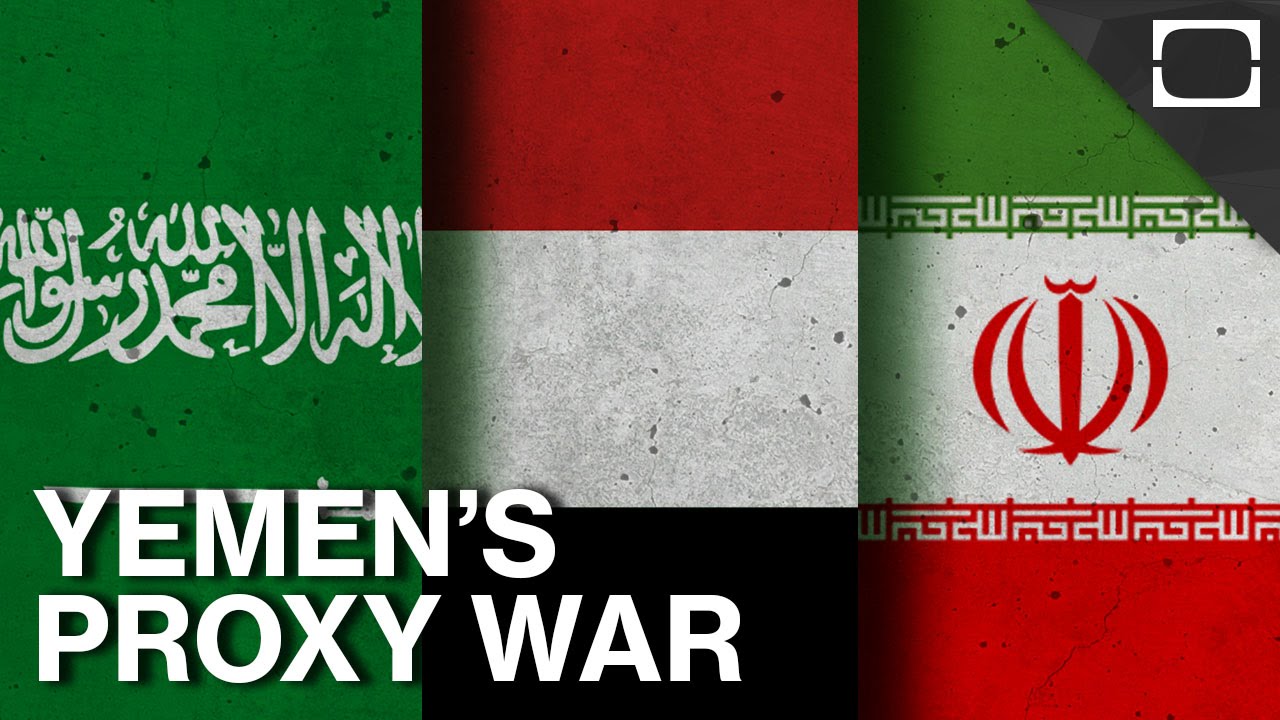Iran, reeling from the economic impact of US sanctions, has taken the long-awaited decision to increase petrol prices by at least 50 per cent, provoking five days of protests — the worst in about two years. Like many oil producers in the Middle East, Iran has long subsidised the cost of petrol at the pump as part of the rulers’ social contract with its citizens.
A model under strain
But a growing population and increased domestic consumption have placed that model under strain. Energy subsidies cost the government about $69bn a year, according to one Iranian official, and have become increasingly difficult to fund as US sanctions have strangled Iran’s $400bn economy. The sanctions have cut the country’s crude sales from 2.8m barrels a day to less than 500,000 b/d, gutting Iran’s foreign exchange earnings and painfully driving up the price of most goods for the nation’s 83m people. Faced with an increasingly challenging economic situation, analysts said the regime was forced to act.
The government says it will use the subsidy cuts to ease the cost of living for poor Iranians by redistributing the additional income through monthly cash payments to those families in most need. At the same time the government hopes the higher fuel prices will decrease domestic consumption, reducing pressure on limited national refining capacity and leaving more product available for export to neighbouring countries. After years of pressure to remove or sharply reduce the subsidy, the risky decision to act last week was driven by a series of factors.
A disastrous economy
Growth outlook forced regime’s hand Though the IMF has forecast the Iranian economy to contract by 9.5 per cent this year, Tehran says the worst is over. “We have passed through the crisis,” President Hassan Rouhani said last week, while acknowledging that the country was in the “most difficult conditions”. Iranian officials said the economy, excluding the oil industry, grew by 0.4 per cent between March and June, and Mr Rouhani has promised the country that the economy will grow slightly in the year to March.
Monetary policy and inflation
The difference between the IMF’s assessment and Mr Rouhani’s statements is marked, and Iran’s central bank has refused to release official macroeconomic figures since sanctions were enforced. But supermarket shelves are full with domestically produced foodstuff and medicine is available, suggesting economic diversification efforts have gone some way to reduce the impact of the sanctions on the day to day economy. That modicum of stability gave the government the confidence that it could survive the economic and social impact of reducing subsidies, said Saeed Laylaz, an analyst of Iran’s political economy. “Public anger and even worse protests were expected, otherwise the government of Mr Rouhani would have increased the petrol price immediately after US sanctions last year,” Mr Laylaz said. “The stability of the economy helped the government finally dare to increase petrol prices.”
Soaring inflation has stabilised The inflation rate had also begun to stabilise, after jumping from 9.7 per cent in May 2018 to more than 50 per cent after the sanctions were enforced. Year-on-year official inflation figures have declined from 52.1 per cent in May to 28.3 per cent in October. Government officials say these figures show annual inflation will decline over the next year. Still, the 50 per cent jump in petrol prices risks pushing inflation up again as it did when the government reduced petrol subsidies in 2007, 2010 and 2013.
The cost of daily life
Analysts say food prices have more than doubled in the past two years, significantly above the average inflation rate, and that any further rises due to the increased fuel costs will provoke further unrest. At least 106 people in 21 cities died in the recent protests, Amnesty International said on Tuesday. The Iranian government has so far confirmed seven deaths, most of them members of the security forces. “We are witnessing an explosion of anger in response to high inflation,” said one analyst, who asked not to be identified publicly discussing government policy. “The pressure of high inflation on people, in particular in satellite towns, is the main reason behind the unrest this time.”
The rial has recovered but is vulnerable The cost of daily life has been exacerbated by a 60 per cent drop in the value of the rial since the US withdrawal from the nuclear deal last year. The central bank has since intervened in the exchange market to stabilise the currency. It imposed bans on imports of more than 1,000 non-essential goods, introduced subsidised exchange rates for the importation of basic commodities and began managing the official exchange rate with income from non-oil exports to regional states.
The regime’s hopes
The regime now hopes the increase in petrol prices will reduce domestic consumption, increasing the refined petroleum available for export to those neighbouring countries willing to ignore the US sanctions. Experts estimate that official daily exports of 20m litres could generate as much as $8m a day. Unemployment is threat to stability But even if Iran weathers the current storm, unemployment is forecast by the IMF to rise above 18 per cent next year, raising the prospect of more instability. High inflation has pushed people out of the big cities into satellite towns where many Iranian youth feel ever more miserable with even fewer job opportunities. “Unemployment, disaster of the nation,” people chanted this week in the town of Karaj on the outskirts of the capital.
The opinion of YoungDiplomats
Numbers are slaves of men. The economy of Iran is doubtlessly strangling the Iranian people. But this is the result of the U.S economic policy towards Iran. As it’s mentionned above, the increase of fuel prices is the principal cause of the protests. Besides, these protests are positive for the US and its allies. In the first instance, Israel takes advantage from this situation. The Israeli air army, bombed several iranian infrastructures in Syria, urging Tehran to fight on two fronts : one inside the country, the other on the Syrian soil.
Source
https://www.ft.com/content/4d0fefa2-0a1b-11ea-bb52-34c8d9dc6d84







